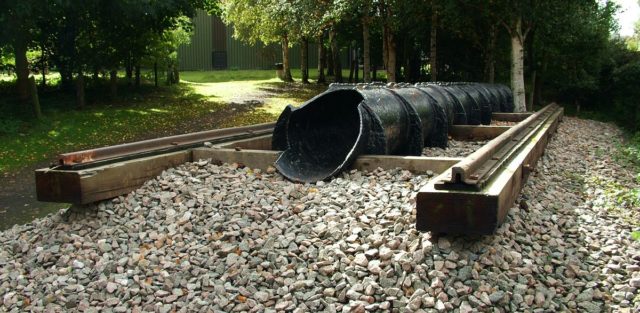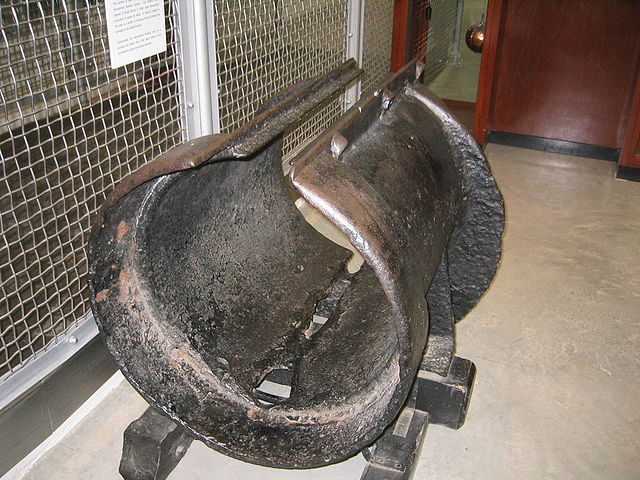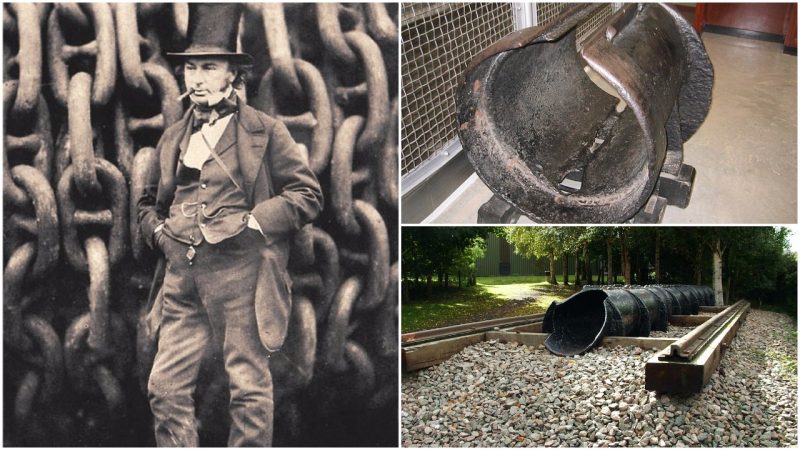In a 2002 public television poll conducted by the BBC to select the 100 Greatest Britons of all times, the name of Isambard Kingdom Brunel found itself at the second position, right behind Winston Churchill.
This should come as no surprise at all for Brunel is appraised as “one of the 19-th century engineering giants”, as well as an icon of the Industrial Revolution. The renowned English mechanical and civil engineer changed the face of the English landscape with his mesmerizing designs and ingenious constructions.

Brunel worked on dockyards, and also did a series of steamships, including the first propeller-driven transatlantic steamships; the bridges and tunnels he built are still in use across Britain, and the Great Western Railway linked London with the Midlands, the southwest, and west of England, and most of Wales, too. More or less, his output gave a new face to public transport and promoted engineering as an individual branch.
Some of his projects were also futuristic, such as the “atmospheric caper.” Though the project was put to halt and was never completed successfully, it demonstrated an intriguing use of revolutionary technological innovations. Brunel’s “atmospheric caper” was supposed to be an extension of the Great Western Railway southward from Exeter towards Plymouth. Instead of locomotives, the design proposed trains be moved by Clegg and Samuda’s patented system of atmospheric vacuum traction, while stationary pumps would suck air from a pipe placed in the center of the track. Work started and a section running from Exter to then-Newton (present Newton Abbot) was completed on this principle; trains were able to move at approximately 68 miles per hour. The distinctive pumping stations were situated at each second mile.

Nevertheless, the winter of 1847 did not go well for this project. The atmospheric railway required the use of leather-made flaps to seal vacuum pipes, while natural oils were drawn out of the leather by the vacuum. This made the leather exposed to water, causing it to rot and break the fibers once it froze during the winter months. It needed to be kept agile with tallow, something that rats love to pick at.
The flaps were eaten, and that severely jeopardized the whole project. The vacuum operation lasted less than a year, from September 1847, when experiment service had begun, until the end of summer 1848. Another serious problem about this mega project was the deterioration of the valve caused by tanning and iron oxide. The valve had begun to shred, and the estimated replacement costs were as high as £25,000, a sum of money which was unimaginable.

These challenges foretold that such project was “ahead its time,” and it was way too expensive to undergo any improvisations. Brunel eventually stopped struggling further and called it a day. Remnants of the visionary 19-th century construction project are still visible. A number of South Devon Railway engine houses used at that time are well kept, some being listed as monuments. A section of the pipe is also preserved at the Didcot Railway Center; a former Great Western Railway engine shed and locomotive stabling point that has been turned into a railway museum and a preservation engineering place.
Undoubtedly, projects for better and faster transport systems have been around long before the days of Elon Musk.
